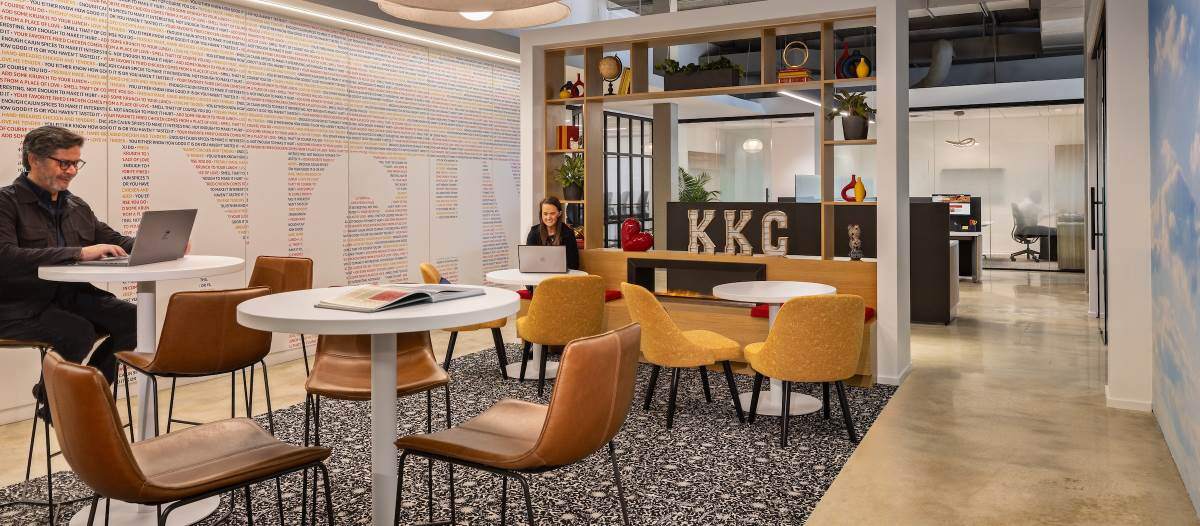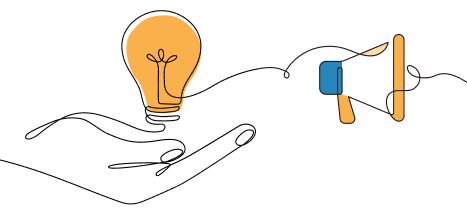Designing Connection
How workplace friendships drive engagement & well-being

Recent Gallup data reveals that only 2 in 10 U.S. employees say they have a “best friend” at work. But those who do are far more likely to be engaged, to stay longer, to feel supported and to bring their full selves to work.
Facility managers are uniquely positioned here. The walls, seating, communal areas and programming they provide either open doors for connection or leave them closed. By designing both spaces and experiences that let employees build friendships, FMs contribute directly to well-being, retention and performance.
The science of friendship at work
Why facility leaders should care
This is not just HR’s problem. Every physical and cultural design decision facility leaders make affects human connection. If seating layouts isolate people, if breakout areas are awkward or under-used, or if digital-first teams never see each other, opportunities for meaningful connection get lost.
Workplace friendships do not just make employees happier — they improve innovation, reduce safety incidents, increase loyalty and boost operational outcomes. When people have someone they trust at work, they are more likely to speak up, collaborate better and stay in their role.
Strategies to foster workplace friendships
1. Design spaces that spark interaction
-
Create comfortable communal zones: break rooms, lounges, cafés.
-
Locate these near natural walking paths; for instance, putting a lounge just off a main hallway or adjacent to mail/stationery rooms guarantees more casual pass-bys.
-
Make seating zones flexible: moveable chairs/tables help people pair up spontaneously.
2. Build in shared experiences
-
Social lunches, informal coffee corners, cross-department mixers or pop-up events that encourage unstructured talking.
-
Celebrate small moments — birthdays, project completions, wins of the week. These rituals help people see one another beyond job titles.
-
Use Simon Sinek’s eight-minute model: brief, scheduled, meaningful check-ins. Leaders and peers asking, “Do you have eight minutes?” can become part of culture.
3. Support interest & affinity groups
-
Whether a walking club, book club, cultural affinity group or hobby-based group, these let people connect over shared identity and passions.
-
Allocate small budgets (snacks, supplies) and offer space or digital-platform support so these groups feel endorsed and not just informal.
4. Enable hybrid & global connections
-
For remote or hybrid teams, create digital watercooler channels for informal chats. Scheduling video coffee moments or check-ins across time zones helps.
-
When possible, bring hybrid teams together periodically in person, for retreats or shared workspace days, to strengthen face-to-face bonds.
Implementation framework for FMs
Phase |
What to Do |
Why It Matters |
Audit |
Map out existing shared/communal spaces. Observe patterns: Are they used? Do people cluster there or avoid them?
|
If under-utilized, these are investments you’re not getting returns from. Fixing them boosts engagement with space and people.
|
Design |
Redesign communal hubs to be welcoming (light, comfortable furniture, adjust acoustics). Place amenities (coffee, snacks, informal seating) along natural traffic flow. |
People congregate where atmosphere feels safe and inviting. Increases chance of spontaneous interaction. |
Support |
Partner with culture/workplace experience teams: help run interest groups/events. Model behavior — leaders using shared spaces, joining events. |
People need coordination, resources and permission.
|
Measure |
Track metrics: engagement survey responses (esp. “best friend” question), retention, well-being indicators. Gather informal feedback: what do people like/dislike about shared spaces and events? |
Seeing progress helps justify investment and guide adjustments.
Qualitative insights often reveal what data cannot. |
Conclusion
Workplace friendships do not happen by accident — they grow in ecosystems designed for connection. FMs are more than caretakers of buildings; they are architects of belonging. When employees have someone at work they trust and care about, productivity rises, turnover drops, and the workplace becomes a place where people want to show up, not just have to show up.
Simply put, FMs build more chances for people to connect — in design, programming, shared rituals. Small moves — an amenity here, an event there, the simple question, “Do you have eight minutes?” — add up to a culture in which friendships thrive and people bring their whole selves to work.

References
Additional Resources
- Gallup – Element 10: Best Friend at Work (Gallup.com)
- “How Workplace Friendships Can Boost Job Satisfaction and Innovation” – Forbes (Forbes)
- Simon Sinek – The Incredible Power of an “Eight-Minute Catch-Up” (Simon Sinek)
- “The Power of Work Friends” – Harvard Business Review (Harvard Business Review)
Read more on Workplace and Occupancy & Human Factors or related topics Planning and Design and Wellness and Well-being
Explore All FMJ Topics









